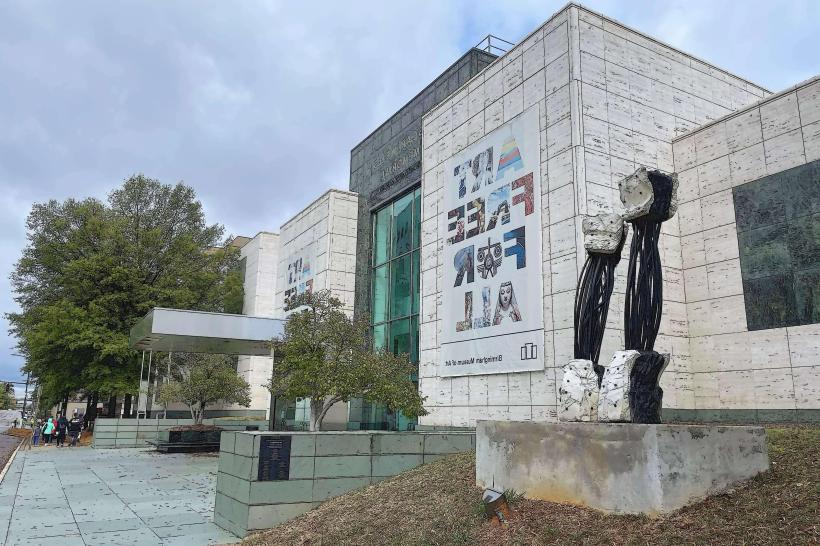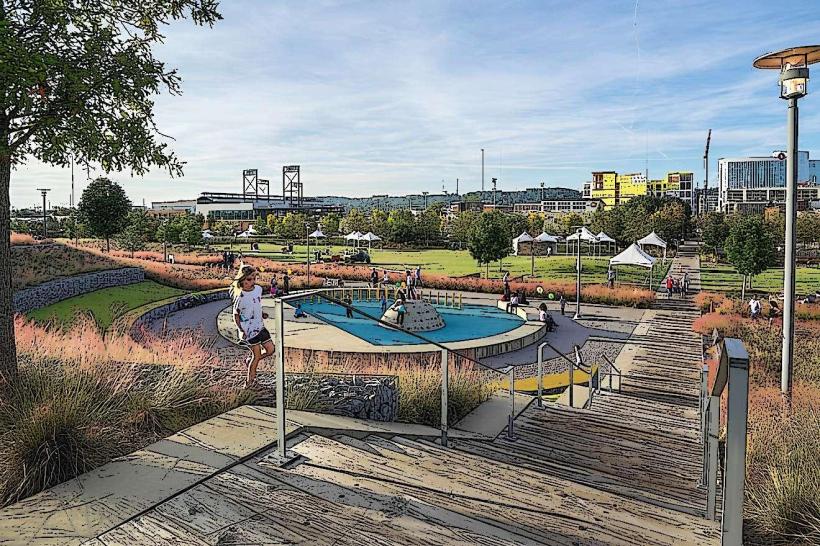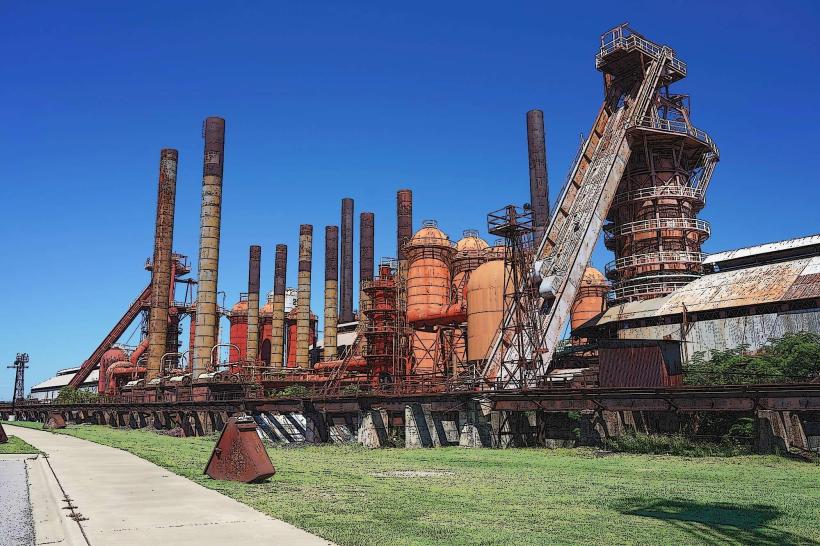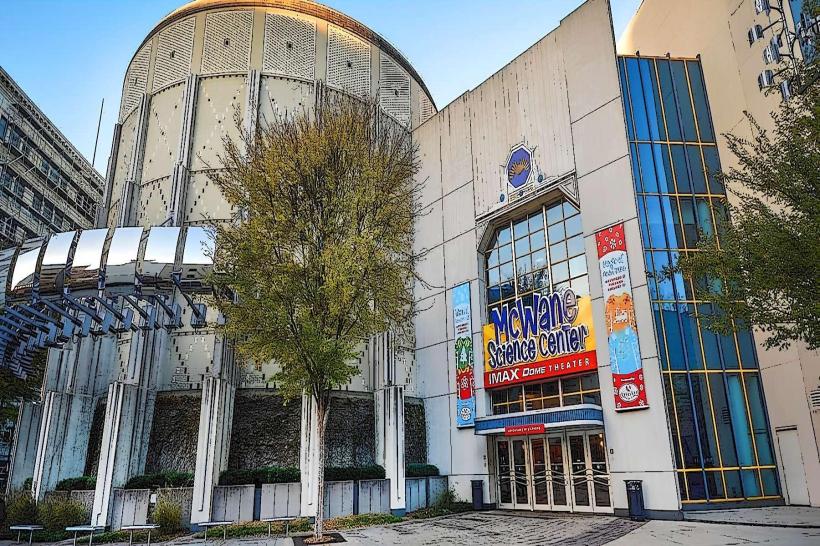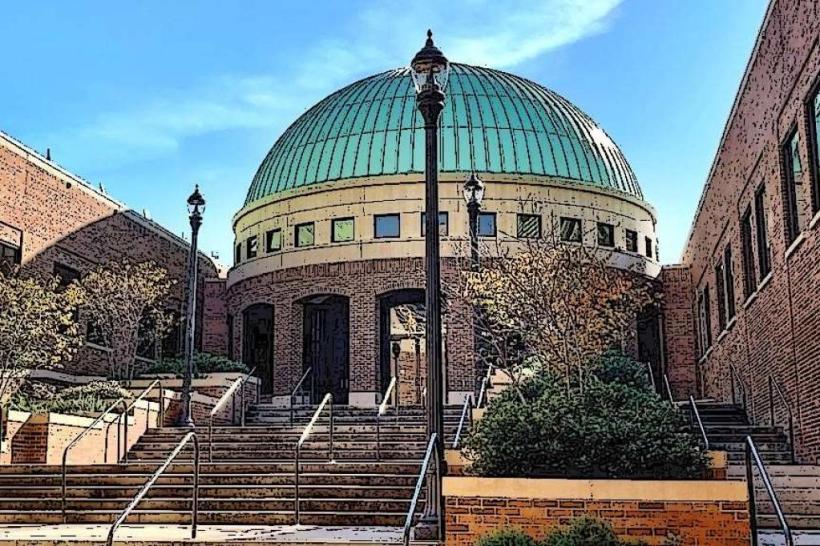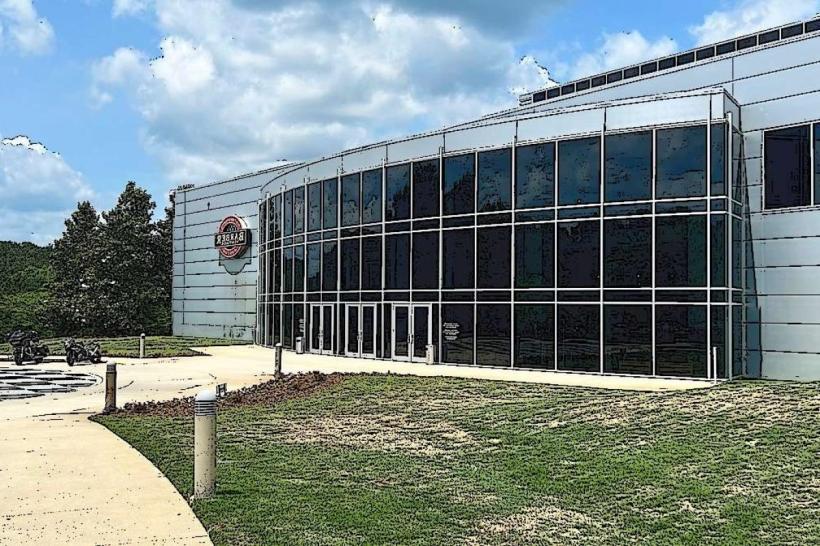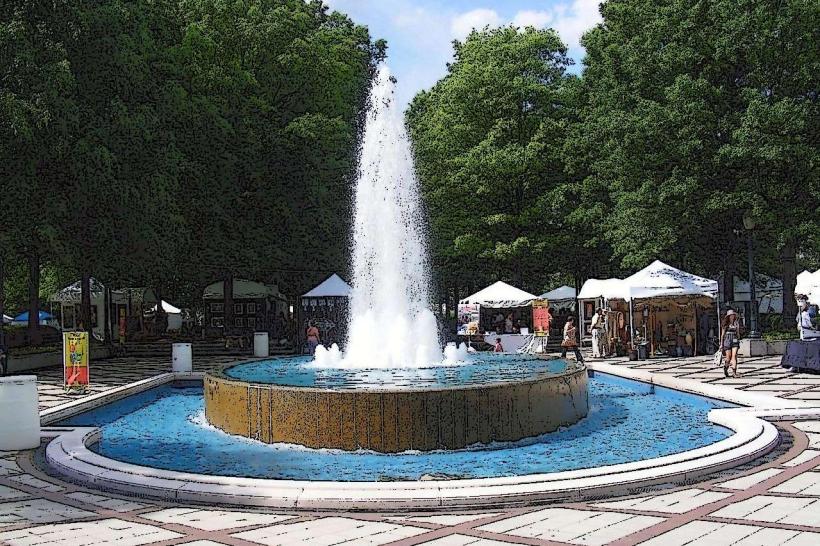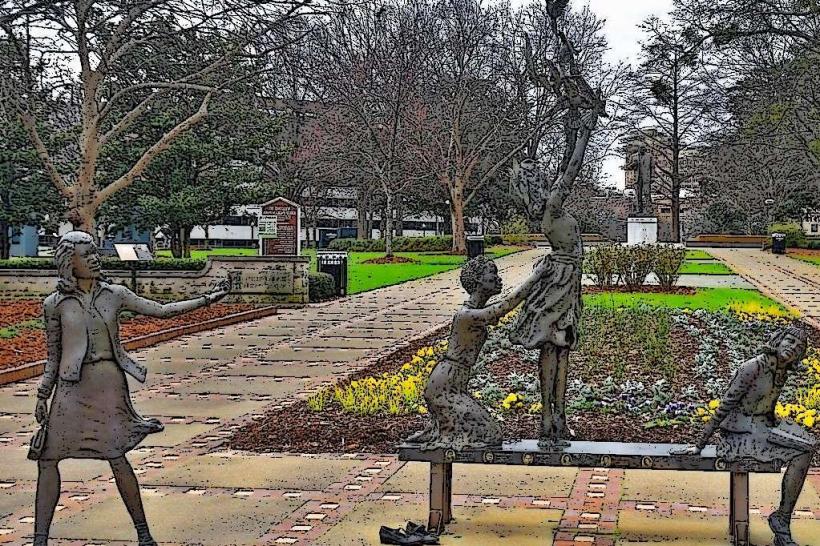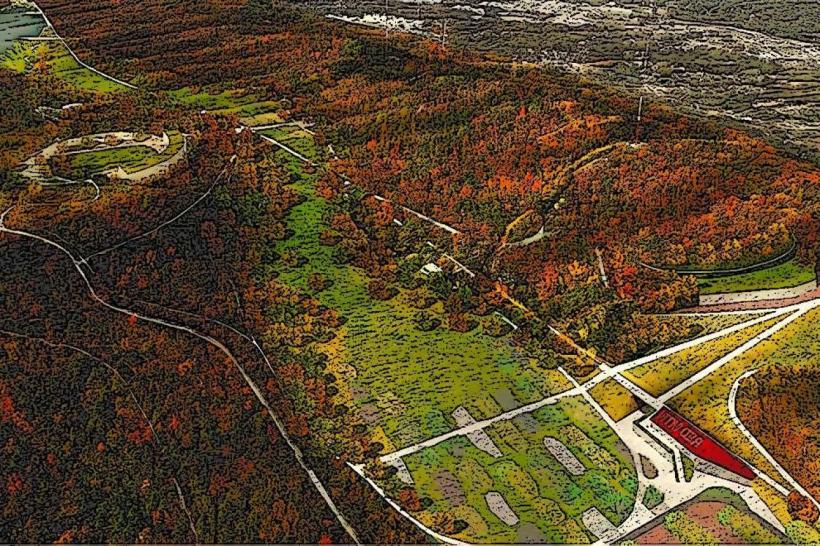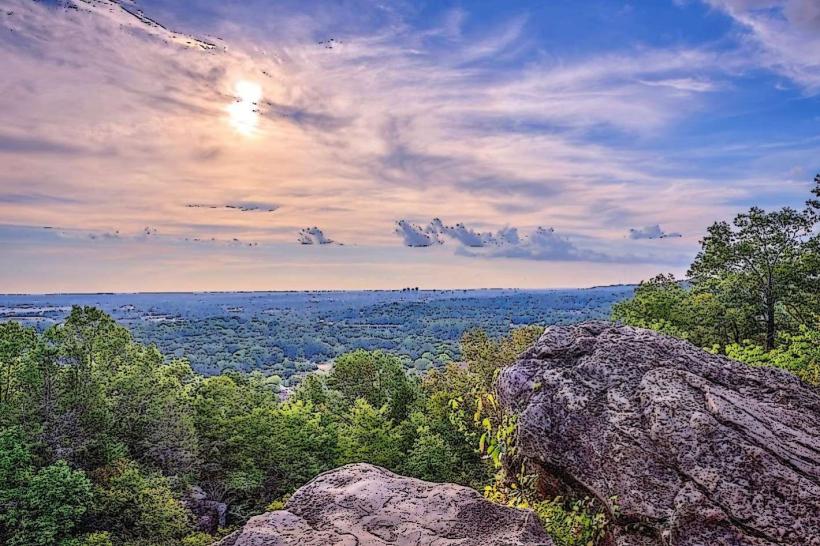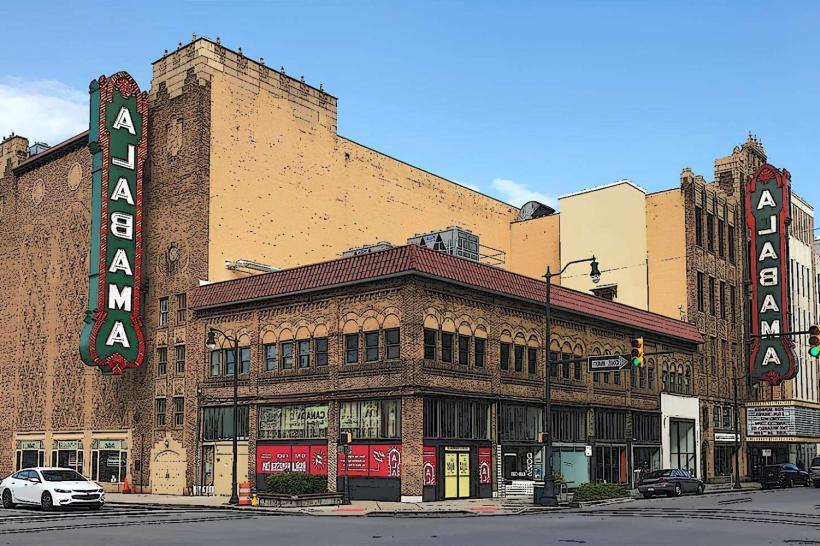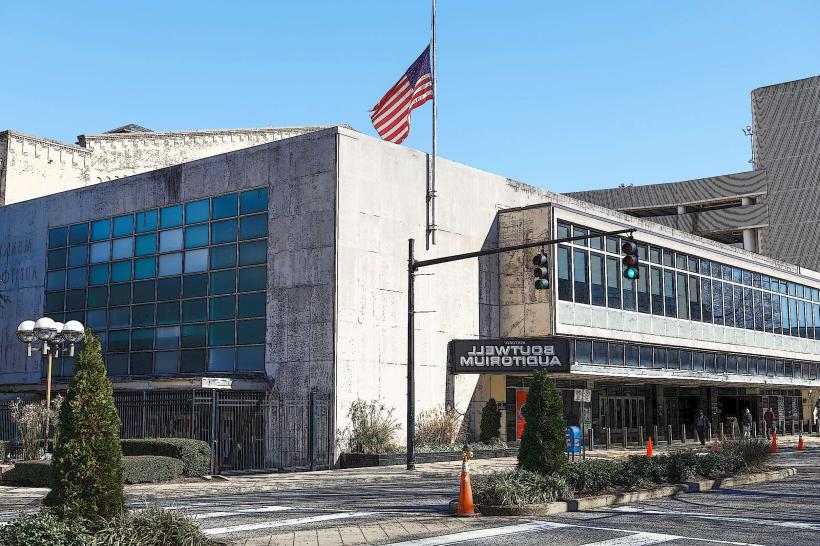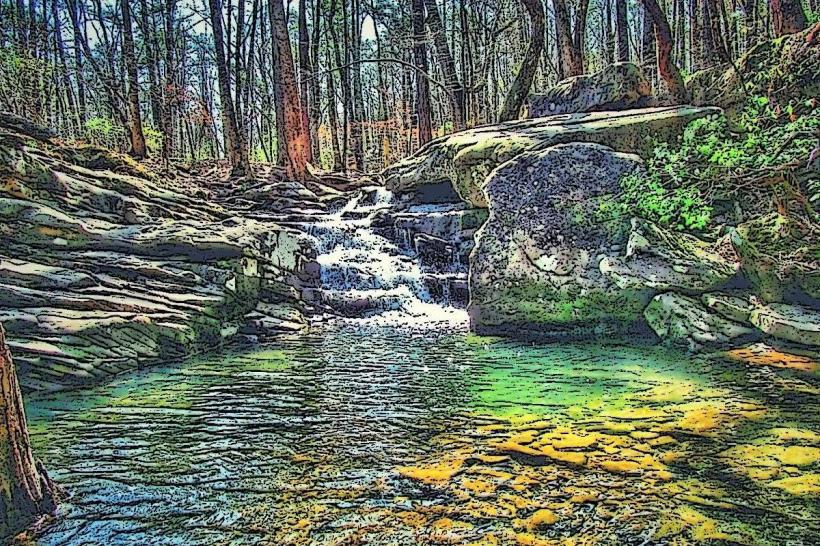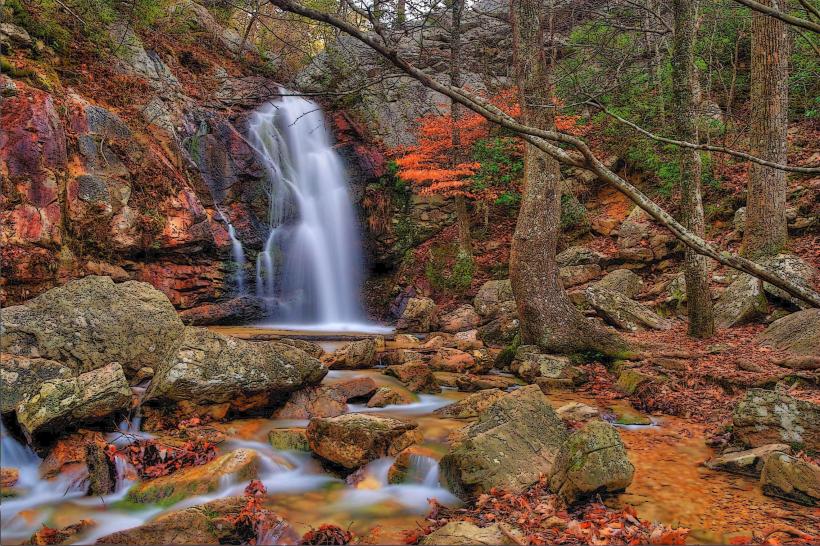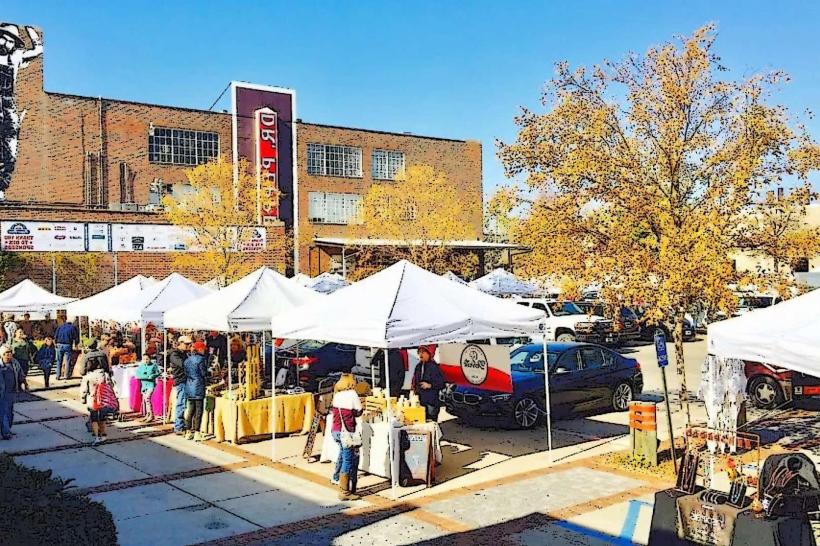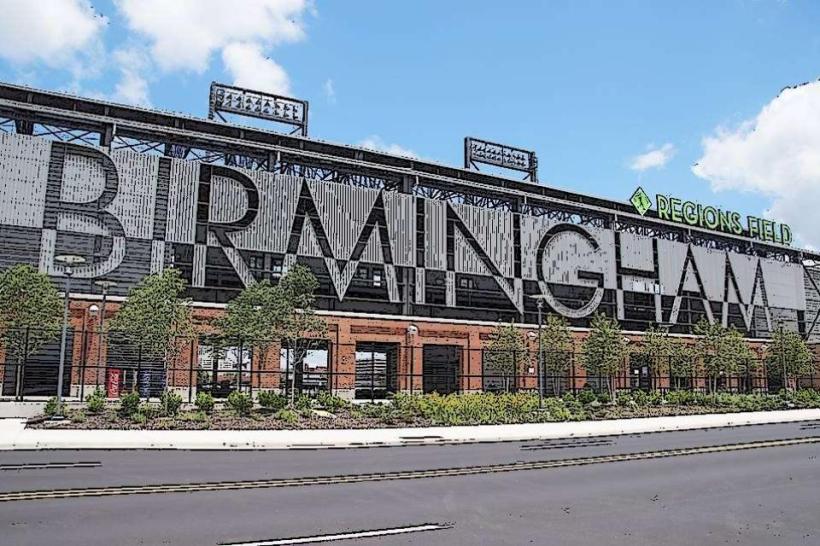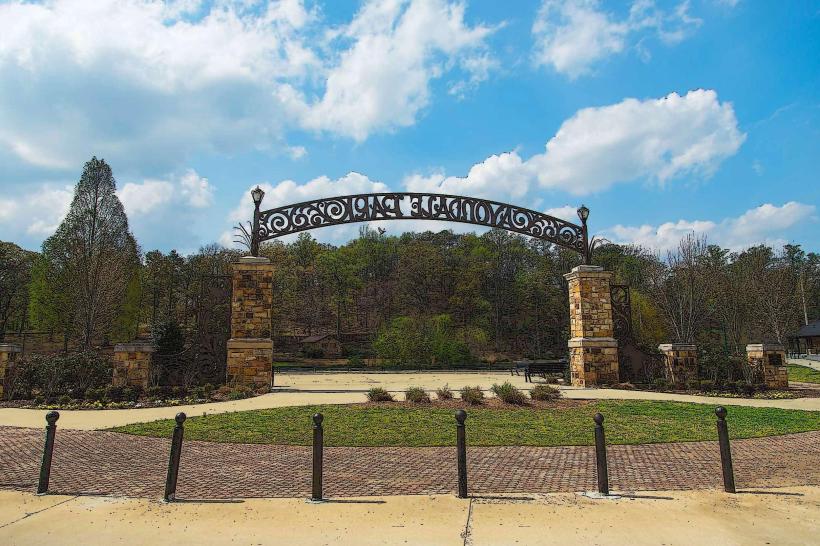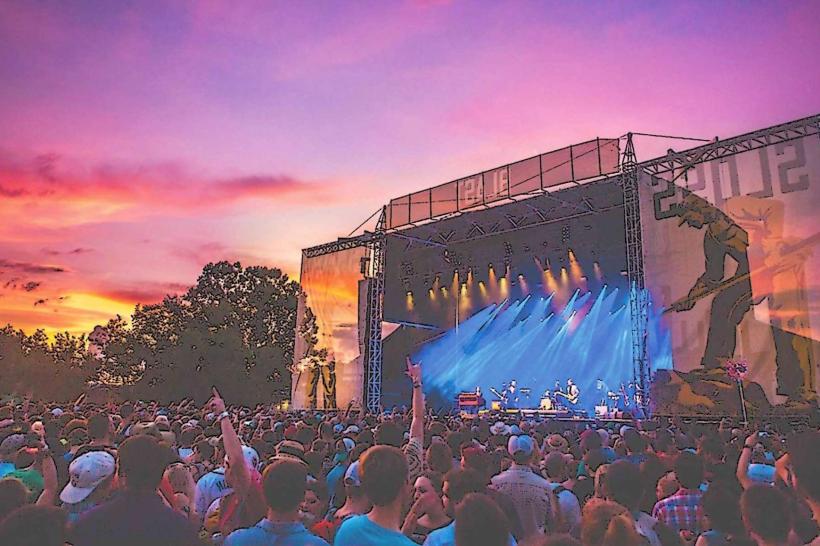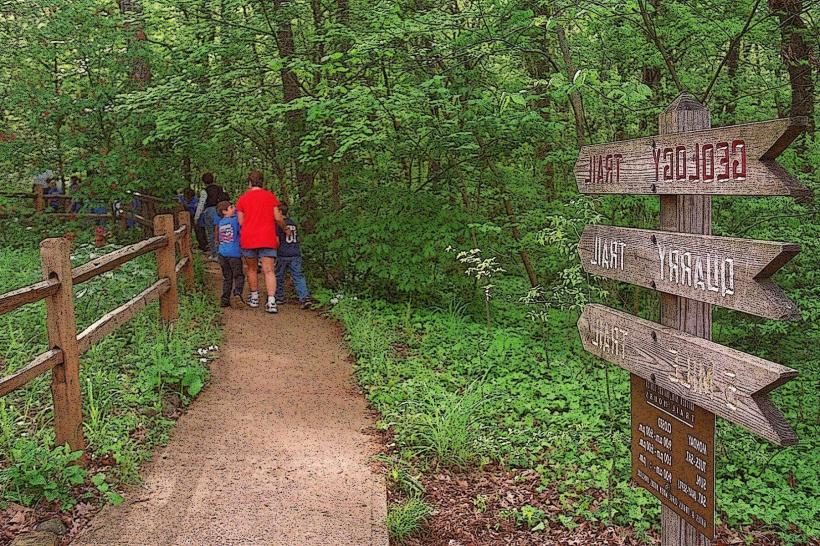Information
Landmark: Vulcan Park and MuseumCity: Birmingham
Country: USA Alabama
Continent: North America
Vulcan Park and Museum, Birmingham, USA Alabama, North America
Vulcan Park and Museum in Birmingham, Alabama, is one of the city’s most iconic landmarks, combining industrial heritage, public art, and sweeping views of the metropolitan area. At its center stands Vulcan, the world’s largest cast iron statue and a symbol of Birmingham’s roots in the iron and steel industry.
Historical Background:
The Vulcan statue was created in 1904 by Italian-American sculptor Giuseppe Moretti for the St. Louis World’s Fair, where it represented Birmingham’s industrial strength. Standing at 56 feet tall and weighing over 100,000 pounds, Vulcan depicts the Roman god of fire and forge. After the World’s Fair, the statue returned to Birmingham and was eventually placed atop Red Mountain, overlooking the city. Since then, Vulcan has become Birmingham’s enduring symbol.
The surrounding Vulcan Park was developed in the 1930s, with the statue restored and elevated on a pedestal in later years. Major restoration in the early 2000s brought both the statue and park into their current form, adding a modern museum and improved public spaces.
Layout and Features:
The Statue: Visitors can ascend to the observation tower at the base of Vulcan for panoramic views of downtown Birmingham, the surrounding neighborhoods, and the Appalachian foothills.
The Park: Landscaped grounds provide walking paths, picnic areas, and open green space, making it a popular spot for families and community gatherings.
The Museum: Located at the base of the statue, the museum explores Birmingham’s history, the city’s growth during the industrial age, and the story of Vulcan himself. Exhibits combine artifacts, photographs, and multimedia presentations to connect the city’s iron heritage with its modern identity.
Cultural and Educational Role:
Vulcan Park and Museum serve as both a tourist attraction and a civic space. It highlights Birmingham’s industrial roots while hosting community events, school programs, and cultural celebrations. Educational exhibits explain the city’s transformation from an industrial powerhouse to a diverse, modern economy.
Events and Activities:
The park frequently hosts festivals, outdoor concerts, art shows, and seasonal celebrations such as Fourth of July fireworks, which are among the city’s most popular annual events. The open spaces are also used for weddings, private events, and civic gatherings.
Sustainability and Preservation:
The restoration completed in 2004 was focused on both structural integrity and historical accuracy. The project included cleaning, repairing, and reassembling the statue, as well as making the site more accessible. Today, continued conservation ensures Vulcan’s preservation as a cultural and historical treasure.
Visitor Tips:
The observation deck provides one of the best views of Birmingham, especially at sunset or during nighttime when the city lights are visible.
Allocate time for both the museum exhibits and the outdoor park spaces.
General admission includes access to the park, museum, and observation tower.
The site is family-friendly and easily accessible, with amenities such as picnic areas and a gift shop.
Vulcan Park and Museum embodies Birmingham’s unique history, blending art, industry, and community pride. Its towering figure continues to stand watch over the city, symbolizing resilience, craftsmanship, and civic identity.

